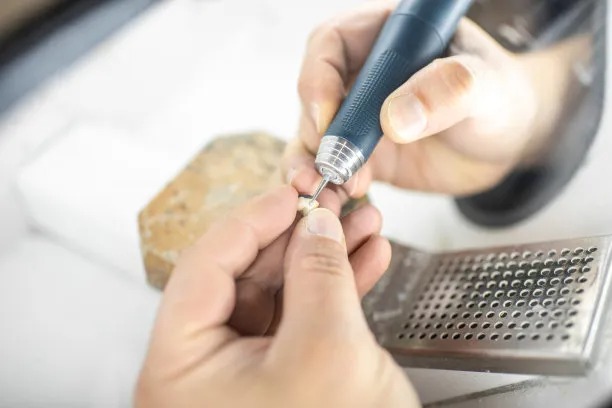Essential Precautions to Follow for a Successful Dental Filling Procedure and Aftercare Tips
Summary: Dental fillings play a crucial role in maintaining oral health, and understanding the essential precautions before, during, and after the procedure can significantly impact its success. This article delves into vital steps for ensuring a smooth dental filling experience, including pre-procedural preparations, the filling process itself, post-procedure care, and common pitfalls to avoid. Addressing each aspect thoroughly will empower patients to have better outcomes while minimizing potential discomfort or complications.
1. Pre-Procedure Preparations to Consider

Proper preparation is key to ensuring your dental filling procedure goes smoothly. Firstly, it is essential to have a thorough consultation with your dentist. During this appointment, you should disclose your entire dental history and any allergies, medications, or conditions that could affect the procedure. This information allows the dentist to tailor their approach specifically to your needs and ensure your safety.
Moreover, its wise to ask about the type of filling material being used. Options such as composite resin, amalgam, and ceramic offer various benefits and drawbacks in terms of durability and aesthetics. Understanding these options helps you make an informed decision about what is best for your specific situation.
Lastly, make arrangements for transportation on the day of the procedure. If you plan to receive sedation or anesthesia, having someone available to drive you home will ensure that you can rest adequately and avoid any complications related to sedation.
2. Understanding the Filling Process
When you arrive for your dental filling appointment, you will typically sit in a comfortable dental chair, and your dentist will numb the affected area to minimize discomfort. This first step is critical as it allows the dentist to work effectively without causing pain. Be sure to communicate any unusual sensations or anxiety during this phase.
Next, the dentist will remove the decayed portion of the tooth before cleaning the area to prevent infection. This step is essential as it prepares the tooth for the filling. The dentist then applies the selected filling material, ensuring it bonds correctly to the tooth structure. Its important for patients to understand that the filling process may take time, and rushing could lead to an incomplete job.
After the filling is in place, your dentist will shape and polish it, ensuring a proper bite. They may ask you to bite down on a piece of wax or paper to confirm that the filling is level with your other teeth. Taking the time for this adjustment is crucial, as an uneven filling can lead to complications in the future.
3. Post-Procedure Care and Recommendations
Once the dental filling procedure is complete, its essential to follow your dentists aftercare instructions closely. Initially, you may experience some local numbness; therefore, avoid eating or drinking until the sensation returns to prevent accidentally biting your tongue or cheek.
Additionally, its advisable to stick to soft foods for the first 24 hours after your filling. Foods like yogurt or mashed potatoes are ideal as they wont put pressure on the newly filled tooth. Furthermore, try to avoid extremely hot or cold foods, as your tooth may be sensitive for a few days post-procedure.
Oral hygiene remains paramount after your filling. Continue to brush your teeth at least twice a day and floss daily. However, be gentle around the filling area until you feel comfortable to avoid dislodging the material. Regular dental check-ups will also help monitor the health of your filling and surrounding teeth.
4. Common Pitfalls To Avoid After a Filling
After a dental filling, many patients inadvertently make decisions that can jeopardize their oral health. One common pitfall is neglecting to follow up with the dentist if there is persistent pain or discomfort. If you experience prolonged sensitivity or pain, it’s crucial to contact your dentist immediately as it may indicate issues that need addressing.
Another mistake is failing to recognize potential allergic reactions to the filling materials. While rare, reactions can occur, resulting in pain or swelling. Observing the filled tooth and surrounding gums for any unusual changes is wise, allowing you to seek timely assistance.
Finally, avoid hard and sticky foods that can dislodge or damage your filling. Hard candies or ice, for instance, can exploit a vulnerable filling, leading to further dental issues. Committing to a healthy diet rich in vitamins and minerals not only fosters overall health but can support your dental fillings as well.
Summary:
In conclusion, understanding the essential precautions surrounding dental fillings is paramount for a successful outcome. From pre-procedural consultations to careful aftercare, each step plays a vital role in maintaining your oral health. Addressing potential pitfalls quickly can further safeguard your teeth and fillings, ensuring they last for years to come.
This article is compiled by Vickong Dental and the content is for reference only.



